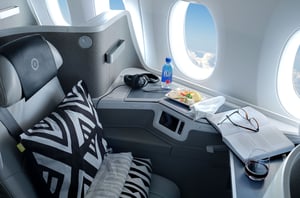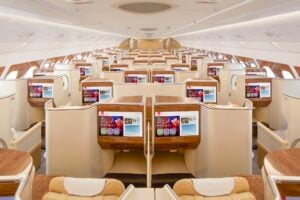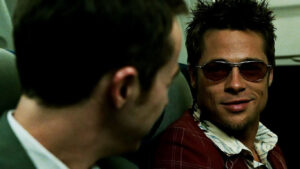Editor’s Note: This story originally appeared in Volume I of B.H. Magazine. Purchase your copy here.
“You’re too late, sir. The flight’s gone.”
The million-mile man — a record 15 million miles flown, to be exact — was scheduled to attend an airline function in Pittsburgh, Pennsylvania as the key guest. Given the high-priority nature of this mission, he put his foot down and insisted the British Airways desk staff at London Heathrow phone the captain directly.
“There’s a gentleman here determined to board your flight, captain, but I have assured him that is not possible,” she said.
“Who the hell is it?” snapped the flight deck.
“His name is Mr Finn. Fred Finn,” replied the staff member.
“Oh, Fred! That’s not a problem. Tell him to leave his bag for the 747 and run, I’ll get someone to bring him out to us on the truck.”
With the Concorde’s four mighty Rolls-Royce Olympus engines already spooled up, perplexed passengers and crew — strapped in, ready for take-off — watched Finn cross the tarmac in the cab of an engineer’s truck before bounding up the ladder and through the hastily flung open door into the cabin.
“I tell you what, my hearing has never been the same since, but I made it,” remarks Finn, who had finally settled into “his” seat: 9A. The British businessman claimed the perch early in his Concorde career because, as he fittingly regales BH with a wine in hand during our cross-continental chat, “that’s where the drinks service started.”
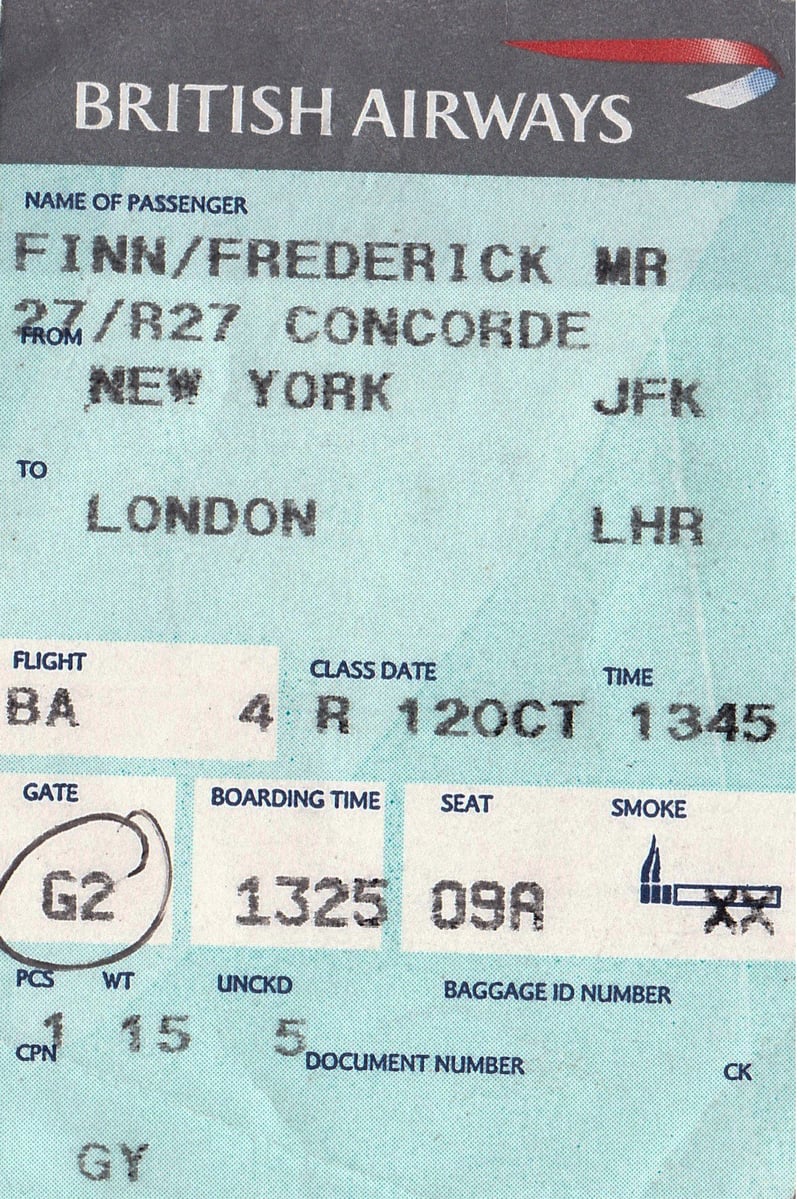
The supersonic silhouette barrelled down the airfield and lined up with the runway for its rapid three-hour hop to JFK, as it did twice daily.
“It rode uncomfortably high off the ground during taxi and bounced around like a race car on slicks,” recalls Finn. “You’d even get a whiff in the cabin of the bloody octane when they put the air conditioners on! That never failed to wake you up before liftoff.”
It needed 400 kilometres per hour and eight tonnes of fuel just to get there, but in the air, the Concorde was magnificent. Once again, Finn was soaring high and fast over the Bristol Channel.
The kick of the Concorde’s afterburners has been described by some as a jet-fighter-like punch to Mach 2.2 — more than twice the speed of sound — into the stratosphere at a cruising altitude of 60,000 feet. For Finn, it was just business as usual.
“I never once spilled a drop of champagne,” he reassures.
As you’d rightly suspect, Hollywood treatment like this is usually reserved for monarchs or rock stars. Though even royalty didn’t fly on the Concorde as often as Finn, who’d take at least two return trips a week in the iconic bird during its three-decade tenure in the skies over the Atlantic. If anyone could lay claim to the Concorde throne, it’s Mr Finn.
A man of the world in literally every sense, Finn has become synonymous with the golden age of travel as an unofficial ambassador for the Concorde. It all began aboard the plane’s first-ever scheduled service from Washington D.C. to London in 1976, concluding in its final year of service in 2003, some 718 flights later. Just let that number sink in.
While it was all business upon arrival, Finn admits that life aboard the Concorde was a party more often than it wasn’t. Before the advent of podcasts or seat-back TV screens, “you’d always be drinking, smoking, and talking.”
At the edge of space, every passenger was literally on the same level, shut off from the world and in a liminal realm beyond reality, all 100 of them peering over their seats to spy a familiar face, a potential new friend, or Fred Finn himself.
“It was assumed you had a right to be there, to brush shoulders,” recalls Finn, as he smiles and rattles off the notable names he shared time with. He has the ability to name-drop with impunity, and with an air of humility that only a man who was constantly exposed to the world’s elite could possess.
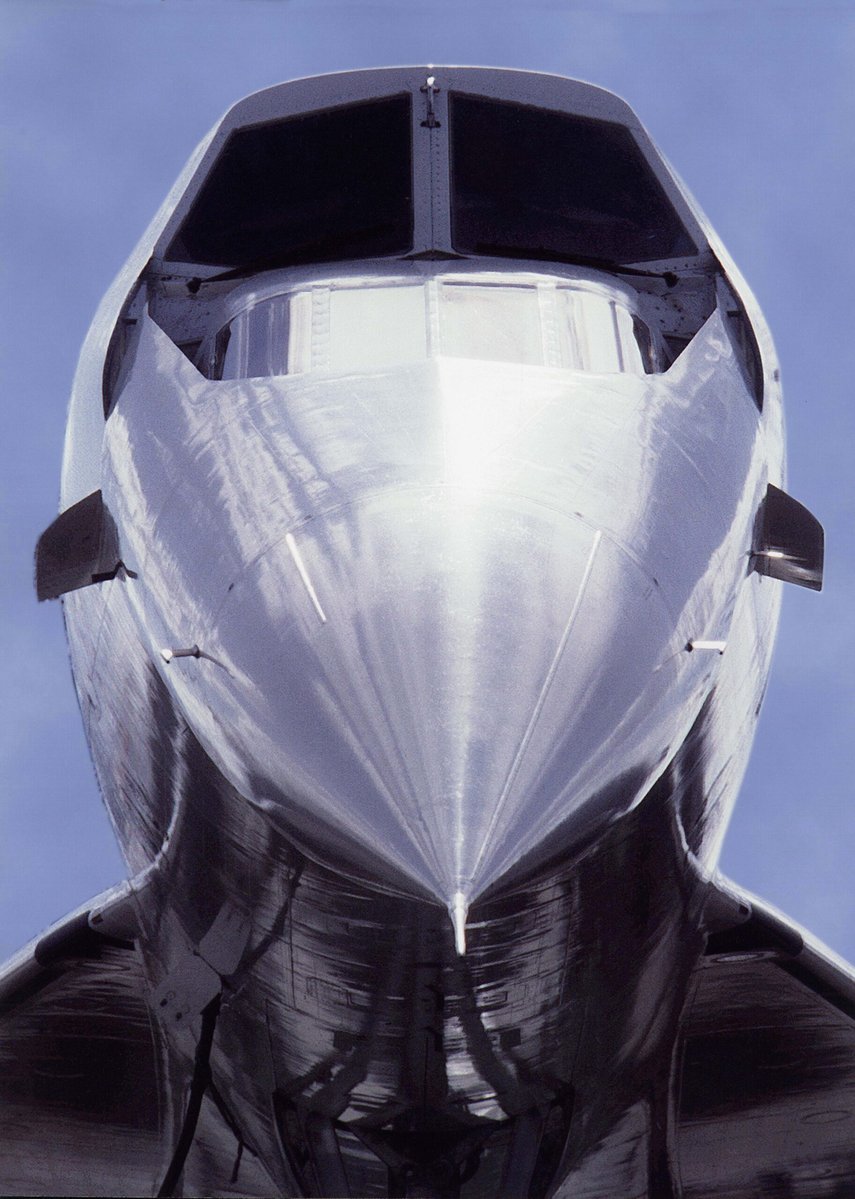
“Some of these people you couldn’t get 10 minutes with if you pestered their PA for three years, and suddenly, they’re all yours for three hours,” says Finn.
The metal cocoon of conversation made it a sky-high hub of business and gossip. Like a ticket to an exclusive global conference or forum, where the keynote speaker could very well end up in the seat next to you.
Despite once arranging a helicopter for Phil Collins to get to his Live Aid concert, buddying up with Bruce Springsteen, and charming Princess Diana in her prime, the professional raconteur genuinely saw the Concorde as an arrangement of convenience, as opposed to a way of getting into people’s phone books. Time was money for an operator like Finn.
“I used to fly 11 months a year, licensing people in developing countries to manufacture their own products for things they didn’t have foreign exchange for.”
But behind all the glitz and glam that often makes for the best stories, at the core of it, the Concorde was an essential tool for efficient business.
“Some people reckon the Concorde was elitist. Well, if it was elitist, how was I flying on it? Because believe it or not, I’m a normal person. I don’t own AT&T or an oil company… I’m just Fred.“
“It actually saved my company money,” he adds. “When I was doing a deal in Nairobi or Singapore, I could leave New York in the morning, and reach London in time for a connecting flight down to Africa or Asia. Otherwise, if I flew on the jumbo, it’d be an additional 18 to 24 hours of wasted time and a night in a hotel.”
How much he really saved can never truly be quantified, but the purported figure of how much money he (or his company) spent on those tickets is said to be in the vicinity of US$2.5 million.
“Some people reckon it’s pushing three,” he offers.
The occasion in which he flew on the Concorde three times during a single 12-hour period eventually comes up; it’s clear that the money (saved or spent) was never much of a concern. A minor detail for a man who lived permanently in life’s fast lane.
“I once flew to New York and then back to London, and, as I landed, my Chairman called me saying that he wanted a contract signed that day… ‘Get back on the bloody plane man!’”

The evening flight from LHR to JFK was also the only time the sun could ever be seen rising from the west.
“Taking off at 7 PM in London, you’re chasing the sun across the globe faster than the rotation of the Earth, with the blackness of space above you… Only the Concorde did that.”
When Finn first started flying back in the 1960s, the fax machine wasn’t even a thing.
“It used to take me four stops to get across the Atlantic in the very early days,” he says. “So while some people today look back at the thought of me flying on the Concorde three times in one day, just to do deal, as absurdity, back then the entire concept was light-years ahead of its time.”
Within days of connecting with Finn, a new supersonic prototype dubbed the X-59 rolled out of Lockheed Martin’s secretive Skunk Works facility in California. It was unveiled in actual flying form with the sole purpose of advancing a future of supersonic flight that would minimise noise impact over land through world-first suppression technology.
Sadly, the Concorde’s awe-inspiring sonic boom was part of its downfall, limiting its application as a truly global aircraft and its financial longevity. In retrospect, it seems like a major technical oversight, but Finn makes a point that civilisation had only just received colour television when the Concorde first flew. Its lucky passengers sipped champagne in t-shirts and jeans while pilots of Cold War-era spy planes cruised by in pressurised spacesuits.
There’s the faintest hint of melancholy as Mr Finn speaks, a realisation that Concorde’s glory will never be matched again. Nor will anyone come close to his own records. Between Finn’s unfathomable numbers and the Concorde’s apotheosized status, the plane’s retirement was undeniably a step backward for innovation and global connectivity.
But its raw, analogue legacy continues to live on in a digital world through Fred Finn: a man who never took his foot off the gas, always dressed sharp, embraced every interaction with the same enthusiasm — momentary or otherwise — and saw the value in a hand-shake deal even if it meant a 12-hour day at Mach 2.
For more elevated content like this feature on the one and only Fred Finn, and our conversation with Dorsia Travel’s Thomas Cahalan, be sure to subscribe to B.H. Magazine below.







